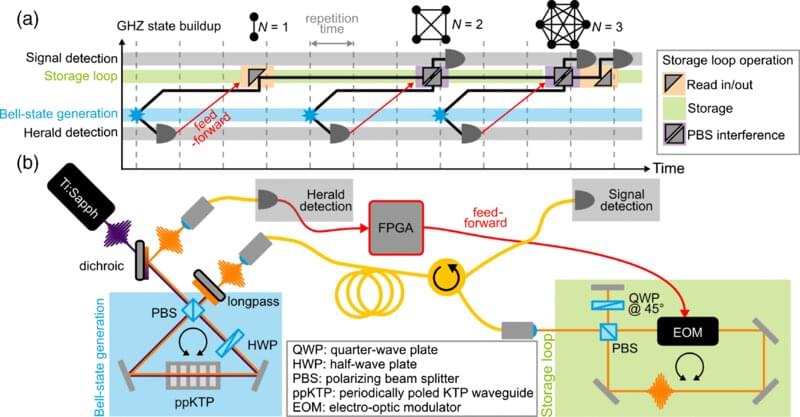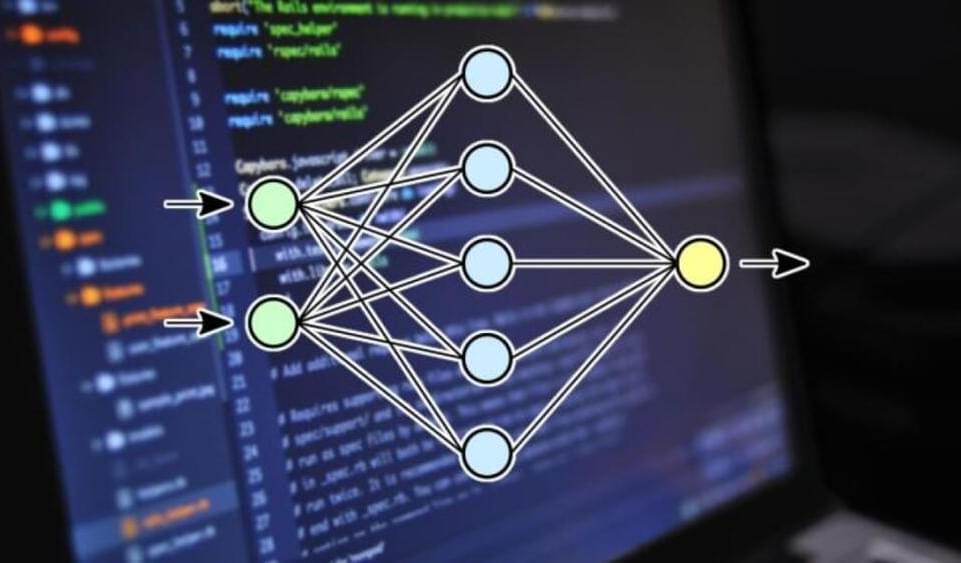Signal says it will start to phase out SMS and MMS message support from its Android app to streamline the user experience and prioritize security and privacy.
While this announcement may surprise those who don’t know Signal can also be used to manage this type of text message, the Signal for Android app could be configured as the default SMS/MMS app since its beginning as TextSecure, an app that used the Axolotl Ratchet protocol.
“We have now reached the point where SMS support no longer makes sense. In order to enable a more streamlined Signal experience, we are starting to phase out SMS support from the Android app,” the company said in a blog post published today.









